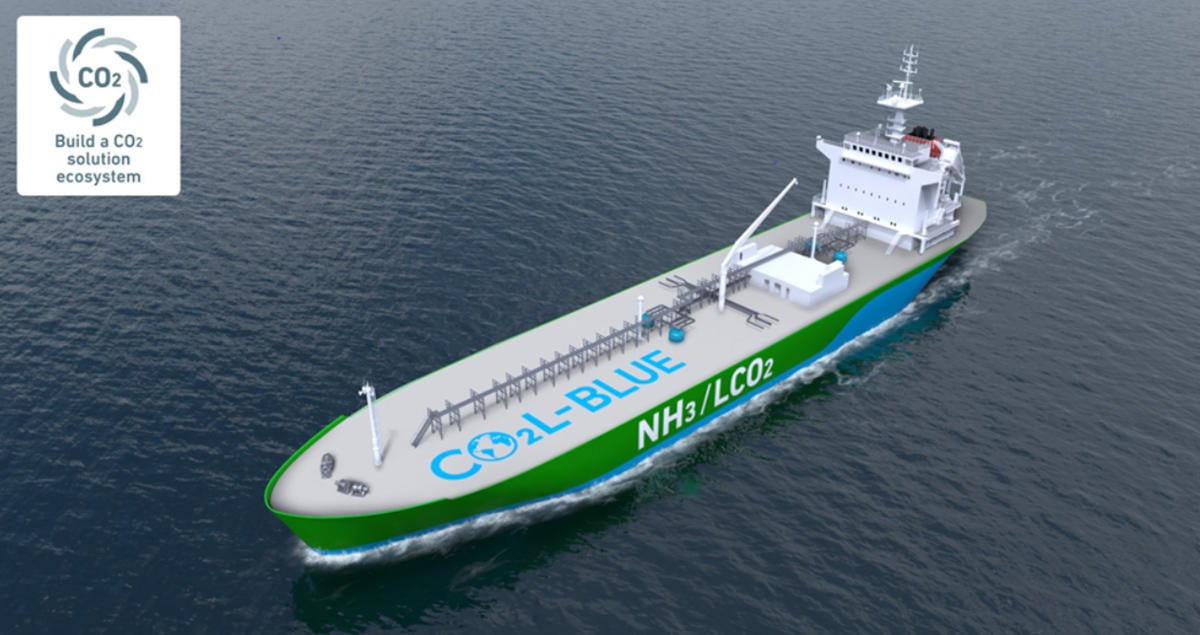With the Union Minister of Ports, Shipping & Waterways announcing India’s plan to become the global hub for green shipbuilding by 2030, the ministry launched the ‘Green Tug Transition Program’ or the GTTP. We will explore green shipbuilding and its importance in this four-part series.-What is Green Shipbuilding and Why it is Important?part 2
The Green Tug Program launched by the Ministry of Ports, shipping, and Waterways aims to convert all the tugboats into ‘Green Hybrid Tugs,’ which will run on non-fossil fuels like Ammonia, Methanol, and Hydrogen.-What is Green Shipbuilding and Why it is Important?part 2
In this episode, we will go through a few strategies the green shipping industry follows.
Let’s jump straight in.
Number three: Slow your vessel’s travel time
The world has made unimaginable technological progress. From fast cars to fast food, we can get anything in a few minutes today. While it is good to be a part of the speed bandwagon, it does have its downside. We will talk about the downsides of speed in another episode dedicated solely to how speed can take a serious toll on managing our day-to-day life.
A day at high speeds on the ocean takes a serious toll on the environment. A large vessel may burn 290 – 300 metric tons of HSFO (High-Sulfur Fuel Oil) on a day of high accelerated speed. However, the ship would only burn 80-90 metric tons of HSFO at lower speeds, reducing emissions and cutting costs.
Number four: Implement a Sulfur Scrubber System
Limiting sulfur requirement is one of the most vital aspects of green shipbuilding. Known as scrubbers, exhaust gas cleaning systems enable vessels to limit air pollutants. Scrubbers generally capture sulfur before it is released through exhaust funnels.
Number 5: Battery Boats
“In Norway, where the government wants two-thirds of all ferries carrying passengers and cars along its Atlantic coast to be electrified by 2030, Kongsberg Gruppen ASA is offering battery-powered ship engines and developing a short-haul electric container vessel.” Sources
Number 6: Fuel reduction through the use of efficient steering gears
As per Biofriendly Planet, hydraulic and electro-hydraulic gears are two kinds of steering gears that are cost-effective and eco-friendly.
“The steering gears work by developing hydraulic pressure through the use of hydraulic pumps which are mainly driven by electric motors or sometimes through purely mechanical means. This pressure then triggers the necessary rotary movements in the rudder system allowing for a ship to turn safely.
By using one of these two efficient steering gears, you can help reduce your ship’s overall fuel consumption by approximately 4% on any given voyage.”
In the next episode, we will go through more strategies that the green shipping industry follows.
How did you find this information? Please mention this in the comments section. We would also like to know the kind of content you want to watch, and we will try to create it for you. For more news and updates, follow Airr News.
Can India become the hub of green shipbuilding by 2030?
What is green shipbuilding?
Why are green vessels required?
What is the benefit of adopting a ballast-free system?
What is the advantage of low-sulfur fuel?




